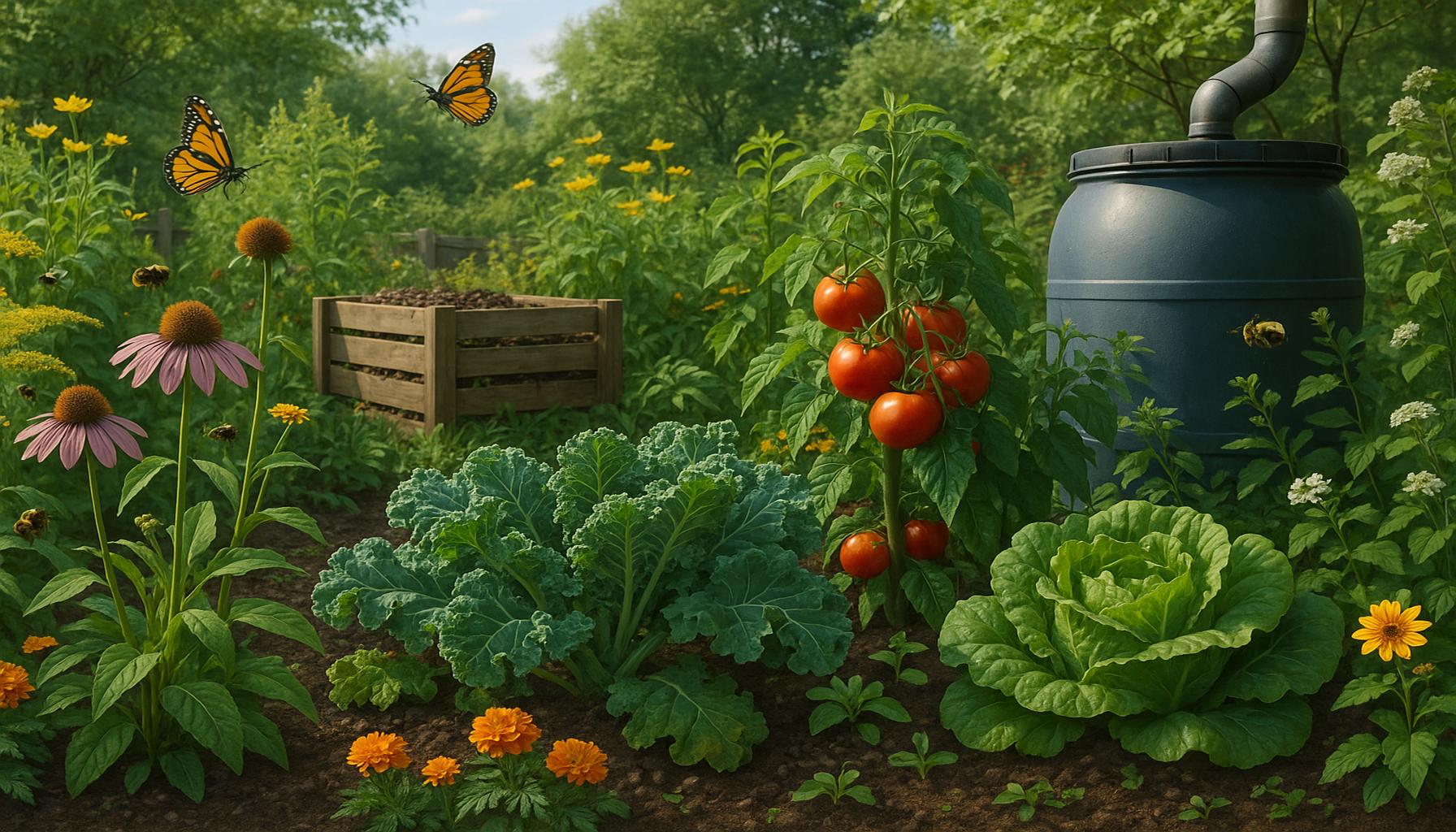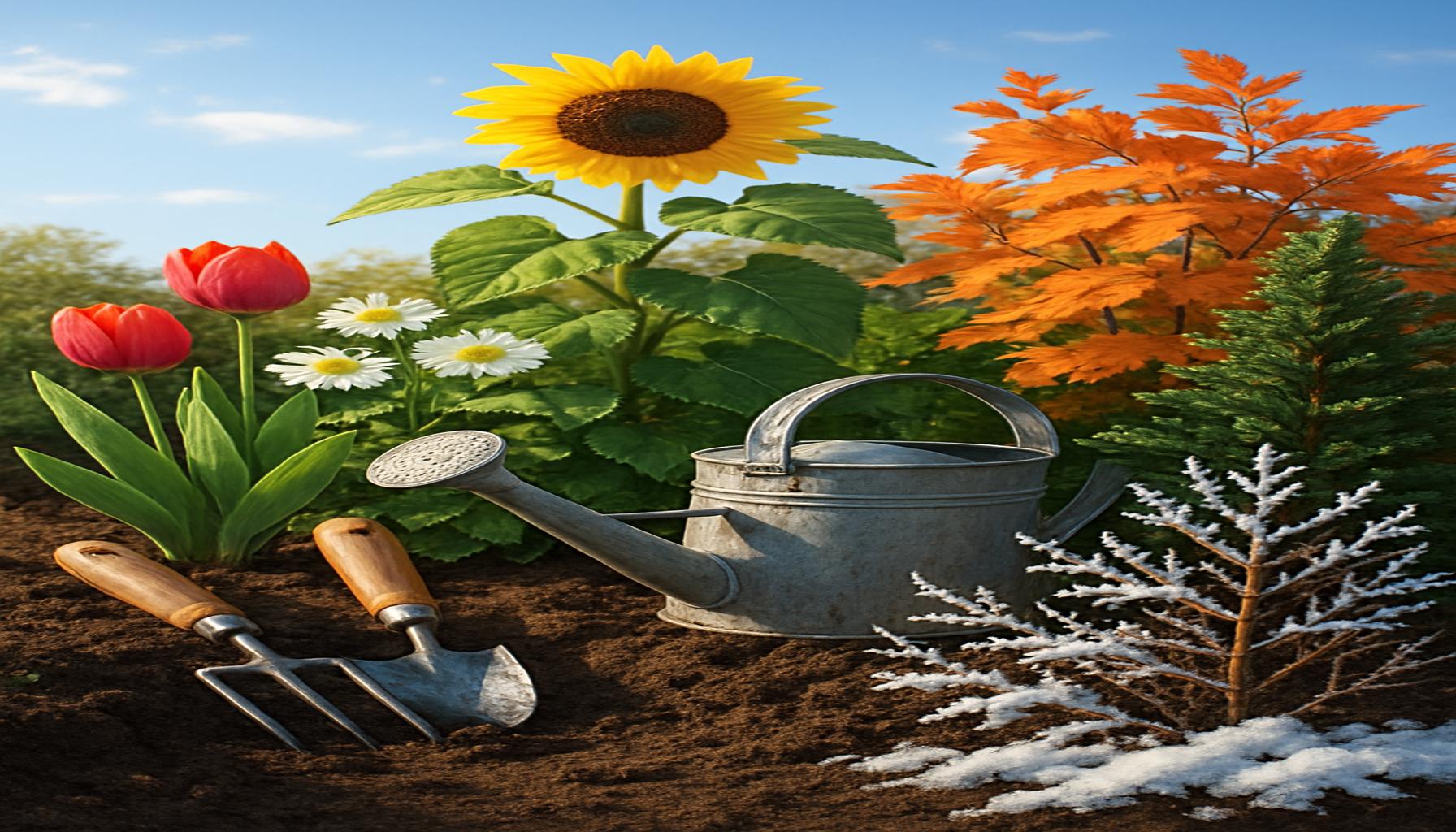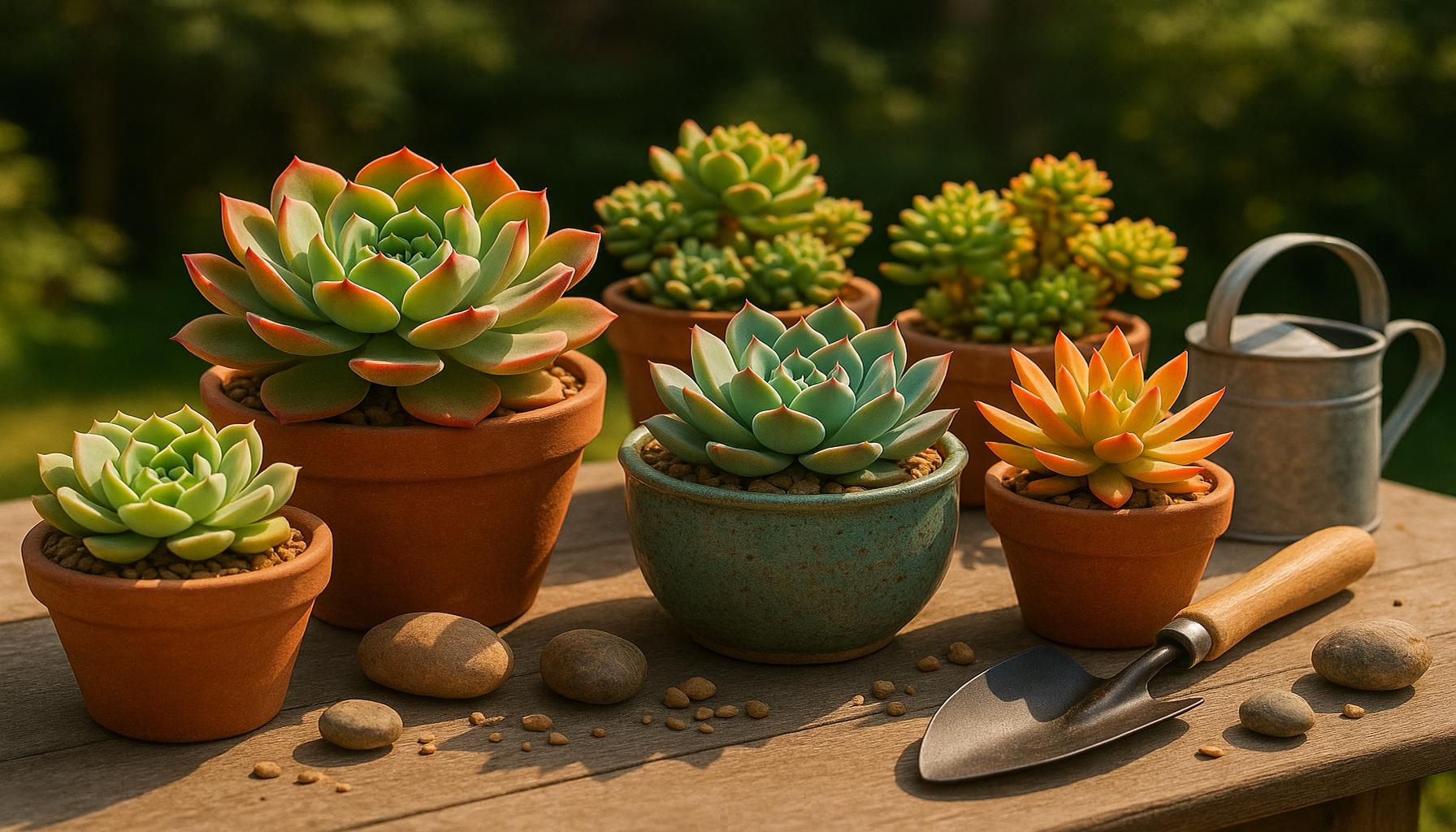Sustainable Gardening: How to Grow Plants While Respecting the Environment
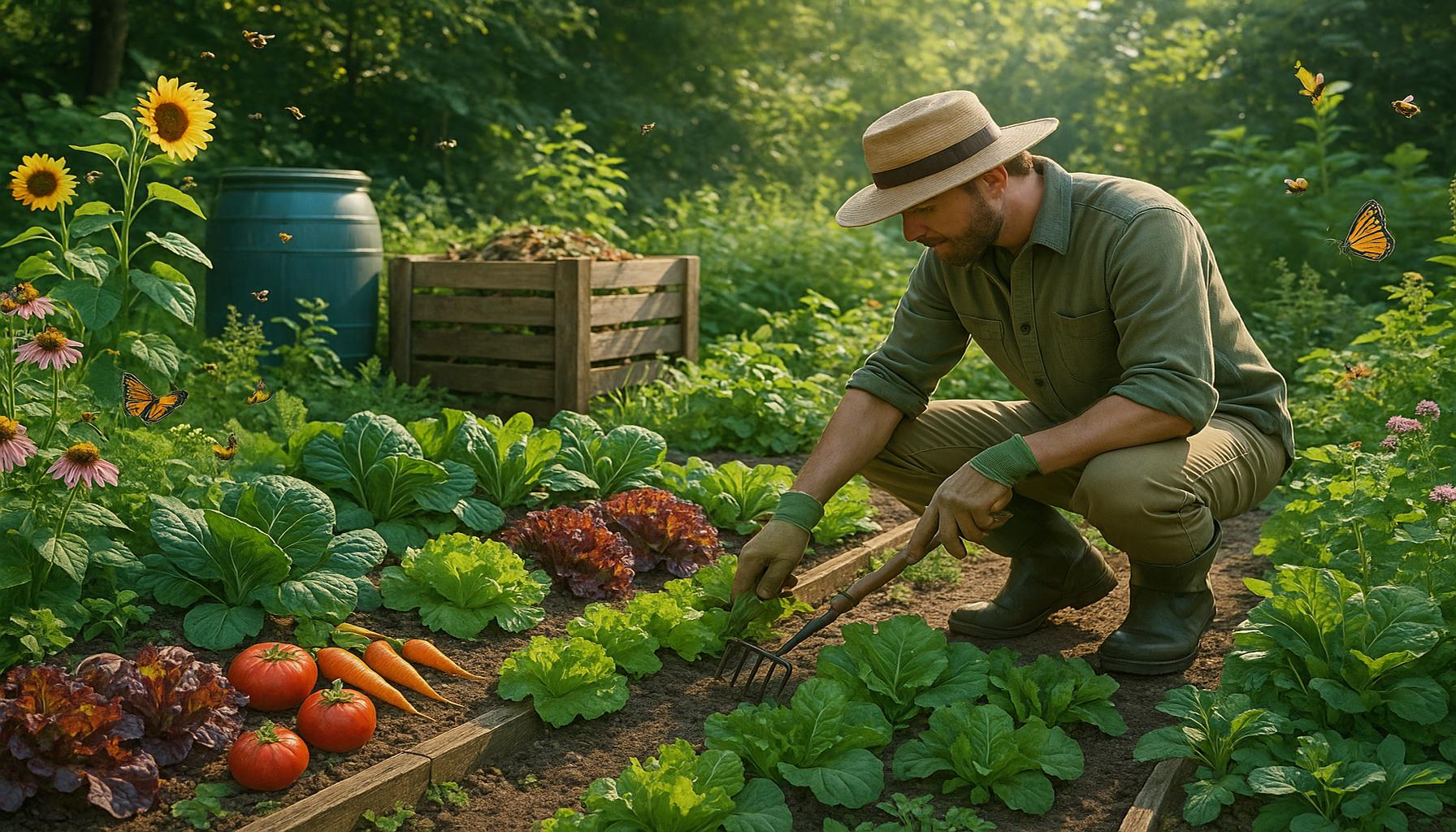
The Impact of Sustainable Gardening on Our Ecosystem
As the climate crisis continues to garner international attention, more individuals are seeking out ways to contribute positively to the environment. One compelling method is through sustainable gardening, which not only beautifies our surroundings but also plays a vital role in fostering a healthier planet. In the United States, the momentum for this eco-conscious approach is growing, as communities and gardeners alike embrace these practices to combat environmental degradation.
Key Practices for Sustainable Gardening
So, what does sustainable gardening involve? It is more than a set of rules; it’s a holistic approach that intertwines ecological health with personal gardening efforts. Here are some fundamental practices:
- Native Plants: Choosing plants that are native to your local environment is essential. Native flora are adept at thriving in local soil and climate conditions, require less water, and provide food and habitat for local wildlife. For instance, in the Midwest, prairie grasses such as bluestem and native flowers like coneflower attract pollinators while remaining drought-resistant.
- Organic Practices: By avoiding synthetic fertilizers and pesticides, gardeners can protect their soil health and local waterways. Techniques like composting and using organic fertilizers, such as manure or bone meal, enrich soil biology. Furthermore, natural pest control methods like introducing beneficial insects, such as ladybugs or lacewings, can manage pest populations effectively without toxic chemicals.
- Water Conservation: Water scarcity is an increasing concern, making efficient usage critical. Sustainable gardeners can implement drip irrigation systems or rain barrels for collecting rainwater. These methods not only conserve water but also ensure that gardens receive consistent moisture, reducing the need for extensive watering.
The Benefits of Engaging in Sustainable Practices
By integrating these practices into your gardening efforts, you will not only enhance your quality of life by growing your own produce and creating green spaces but also contribute to an important environmental movement. Gardening with sustainability in mind cultivates a sense of community and responsibility towards the planet.
As individuals explore how to align their gardening methods with these principles, they can actively mitigate some impacts of climate change. With growing awareness of how personal choices affect the environment, embracing sustainable gardening practices has never been more pertinent.
Join the increasing community of gardeners making a lasting difference. Discover the joy, satisfaction, and ecological benefits that come with growing in harmony with nature. Sustainable gardening is more than just a trend; it is a commitment to nurturing the earth while cultivating beauty and food in our lives.
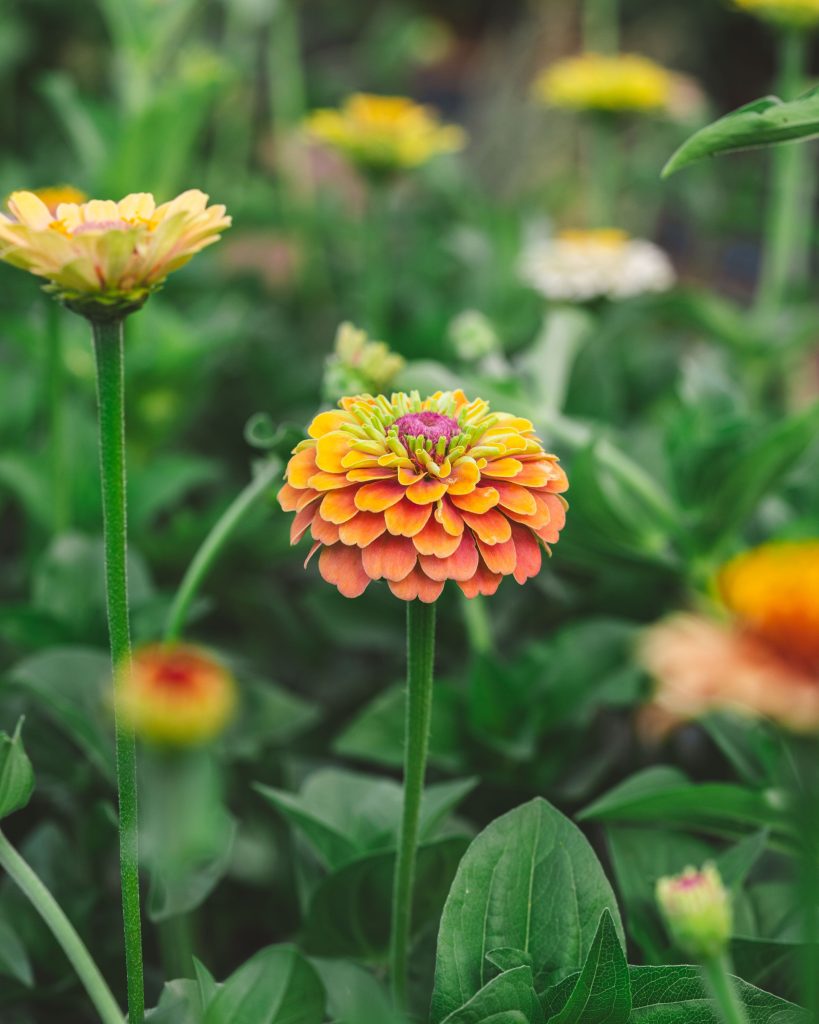
DISCOVER MORE: Click here to dive into watercolor techniques
Understanding the Importance of Soil Health
At the heart of sustainable gardening lies the concept of soil health. Healthy soil is more than just dirt; it’s a living ecosystem that supports plant growth and plays a critical role in the overall environment. In fact, a diverse and nutrient-rich soil is essential for sustaining plant life, filtering water, and sequestering carbon. When gardeners focus on revitalizing and maintaining soil health, they not only enhance their garden’s productivity but also contribute to broader environmental goals.
One effective method for improving soil health is through the use of composting. This natural process recycles organic waste, such as kitchen scraps and garden debris, into nutrient-rich compost that enhances soil structure and fertility. By composting, gardeners can reduce landfill waste while providing essential nutrients to their plants. Regularly adding compost to garden beds can also increase water retention, making plants more resilient during dry periods.
Moreover, integrating cover crops into gardening practices can significantly boost soil health. Cover crops, such as clover and rye, can be planted during the off-season to prevent soil erosion, suppress weeds, and enhance soil structure. Through a process called nitrogen fixation, certain legumes within these cover crops enrich the soil with nitrogen, a vital nutrient for plant growth. Not only do these crops improve soil health, but they also promote biodiversity by providing habitats for beneficial microorganisms and insects.
Mulching: A Simple Yet Effective Strategy
Another vital aspect of sustainable gardening is mulching. This technique involves applying a layer of organic material—such as wood chips, straw, or shredded leaves—on the soil surface around plants. Mulching offers several benefits that align with sustainability goals:
- Moisture Retention: Mulch helps retain soil moisture, reducing the need for frequent watering, especially in regions susceptible to drought.
- Weed Suppression: By blocking sunlight, mulch inhibits weed growth, which can compete with desirable plants for water and nutrients.
- Soil Temperature Regulation: A layer of mulch can moderate soil temperatures, shielding plant roots from extreme heat or cold.
- Organic Matter Addition: As mulch decomposes over time, it adds valuable organic matter to the soil, enhancing its fertility further.
Implementing these practices not only nurtures the garden but also establishes a vibrant ecosystem that contributes to the sustainability of our planet. By fostering soil health, gardeners create an environment where plants can thrive while simultaneously addressing pressing environmental challenges.
As more people learn about the significance of soil health and the tangible steps to improve it, the movement towards sustainable gardening continues to grow. Engaging with these practices not only empowers individuals but also strengthens communities, encouraging a collective commitment to a healthier environment.
| Sustainable Practices | Environmental Impact |
|---|---|
| Composting | Reduces waste and enriches soil with nutrients. |
| Native Plant Selection | Promotes local biodiversity and requires less water. |
| Water Conservation Techniques | Limits resource usage and helps combat drought. |
| Organic Pest Management | Reduces chemical runoff, protecting local ecosystems. |
When considering sustainable gardening, it’s essential to understand that combining these practices not only benefits your garden but also the planet. For example, composting can transform kitchen scraps into rich soil, reducing landfill waste while enhancing the health of your plants. Meanwhile, choosing native plants fosters local wildlife, including pollinators, and minimizes water use, thanks to their natural adaptation to the local climate.Adopting water-conserving techniques, such as drip irrigation or rainwater harvesting, not only optimizes water usage but also contributes to broader environmental efforts in combating climate change. Additionally, embracing organic methods to manage pests ensures that you’re protecting your garden and the surrounding ecosystem from harmful chemicals, promoting a healthier environment.By embedding these practices in your gardening routine, you lay the groundwork for a sustainable garden that thrives while respecting nature’s balance, paving the way for future generations.
DISCOVER MORE: Click here to learn about the revival of calligraphy
Water Conservation Techniques in Sustainable Gardening
An essential component of sustainable gardening is water conservation. As climate change leads to variations in rainfall patterns, integrating water-saving techniques is increasingly important for maintaining garden health and promoting environmental sustainability. Utilizing efficient irrigation practices can significantly reduce water waste and support plant growth in a responsible manner.
One of the most effective methods to conserve water is through drip irrigation. This technique delivers water directly to the root zone of plants, minimizing evaporation and runoff. Unlike traditional watering methods, drip irrigation can reduce water usage by up to 50%, making it perfect for drier regions or drought-prone areas in the United States. Installing a rain barrel to collect rainwater for irrigation not only conserves water but also reduces stormwater runoff, which can lead to erosion and water pollution.
Another favorable method for water conservation is xeriscaping, which involves designing the garden using drought-resistant plants native to the local ecosystem. These plants, adapted to survive with minimal water, create a beautiful, low-maintenance landscape that requires little to no irrigation once established. Popular native plants across various U.S. regions include black-eyed Susans in the Midwest and lavender in the West, providing vibrant colors while supporting local wildlife.
Integrated Pest Management: A Balanced Approach
In the pursuit of sustainable gardening, managing pests effectively yet responsibly is crucial. Integrated Pest Management (IPM) combines cultural, biological, and mechanical control strategies to minimize the use of chemical pesticides. By focusing on preventing pest issues before they arise, gardeners can maintain a healthy ecosystem while protecting beneficial insects like bees and ladybugs, which are essential for pollination.
- Cultural Controls: This involves simple practices like crop rotation, planting pest-resistant varieties, and maintaining cleanliness in the garden to reduce pest attractants.
- Biological Controls: Introducing natural predators, such as parasitic wasps or nematodes, can help keep pest populations in check without harming the environment.
- Mechanical Controls: Physical barriers like row covers or traps can prevent pests from reaching the plants, while using organic pesticides as a last resort offers a safer alternative to harsh chemicals.
Not only does IPM prioritize environmental stewardship, but it also encourages a deeper connection with the ecosystem by promoting an understanding of the interdependencies within the garden. Educating oneself about the local flora and fauna can empower gardeners to create a balanced environment that naturally supports plant health.
As sustainable gardening gains traction, couples can also explore the concept of community gardening. Joining forces with other garden enthusiasts not only facilitates knowledge sharing and resource pooling but also strengthens community ties. Community gardens provide a platform for individuals to learn sustainable practices, grow organic produce, and appreciate the importance of biodiversity, ultimately contributing to a more sustainable future.
By understanding and implementing water conservation techniques along with environmentally friendly pest management strategies, gardeners can cultivate thriving landscapes that respect and honor the planet. With persistent dedication to these sustainable methods, each gardener directly contributes to a larger movement of environmental responsibility and ecological balance.
DISCOVER MORE: Click here to learn about embracing digital techniques
Conclusion: Embracing Sustainable Gardening for a Greener Future
Sustainable gardening is not merely a trend; it is a necessary approach for ensuring the health of our planet and future generations. By integrating water conservation techniques such as drip irrigation and xeriscaping, gardeners can significantly reduce their water footprints while still cultivating vibrant and thriving landscapes. These practices help mitigate the impact of climate change and promote responsible stewardship of this precious resource.
Moreover, adopting Integrated Pest Management (IPM) strategies ensures that gardens remain ecosystems where both plants and beneficial insects can flourish. By embracing natural solutions and reducing reliance on harmful chemicals, gardeners can contribute to a healthier environment and foster biodiversity. This balanced approach not only protects the flora and fauna of our gardens but also enriches our own connection to the natural world.
Community gardening represents another powerful facet of sustainable gardening, bringing people together to share insights, resources, and a collective vision of environmental responsibility. Through collaboration, individuals can cultivate more than just plants; they can nurture relationships and inspire a spirit of sustainability that transcends individual gardens.
Ultimately, each gardener holds the power to make a positive impact on the environment. By consciously choosing sustainable practices and fostering an awareness of ecological balance, we can create gardens that not only beautify our spaces but also play an instrumental role in the preservation of our planet. Let us all commit to growing plants while respecting the environment—our future depends on it.
